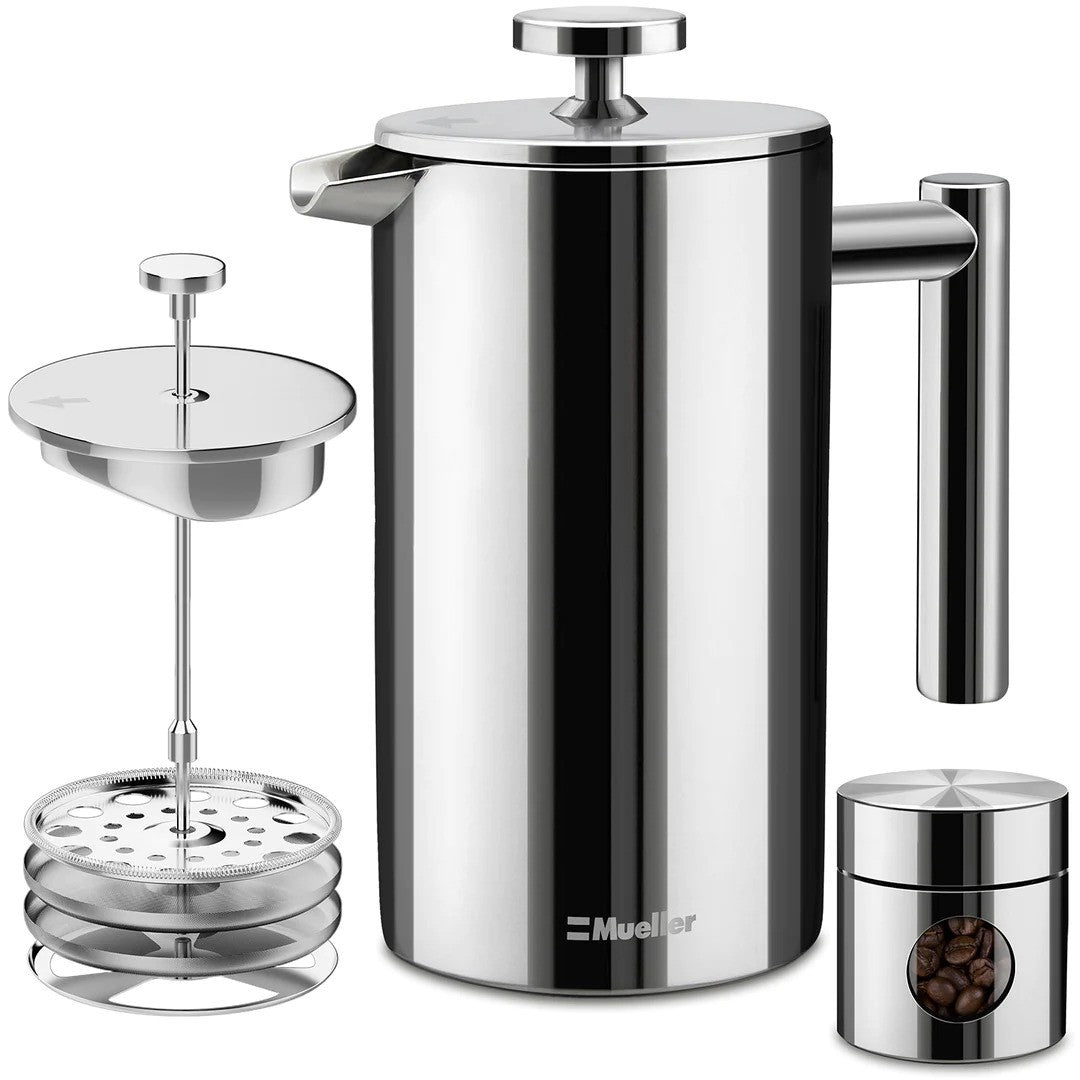Choosing a Kona Coffee
We received an email wanting to know why we didn’t sell our Kona coffee for $10 a pound. The author said that he had seen 100% Kona Coffee for $10 a pound in his grocery store. We had to tell him that just because the label says Kona on it doesn’t mean that the coffee will taste good. All Kona coffees are not alike. Saying that all Kona coffees are the same is like saying all wine from Napa is the same. Napa red wines sell from the winery from $4 a bottle to $900 a bottle. There are bad, average, good, and extraordinary wines in Napa. The same holds true for Kona coffee.
Not all Kona Coffee comes from the same coffee trees. The original trees brought to Kona in 1828 were from Brazil. Since that time many different types of coffee trees have been brought to Kona. While most Kona coffee comes from the Guatemalan Typica brought to Kona in the 1890’s, there are many different hybrids of Guatemalan Typica in Kona which have distinctly different characteristics.
Coffee beans, like grapes, take on the “goût de terroir,” or taste of the land. Coffee taste is affected by the elevation, soil, orientation to the sun, drainage, pruning, watering and fertilizing. Farms next door to each other often produce coffees which are dramatically different in quality and flavor.
Finally, even the greatest beans can be ruined by poor processing. Coffee beans have to be pulped, fermented, dried, hulled, graded, sorted and stored perfectly to create an outstanding cup of coffee. We recently had some coffee processed where our beans were left out on a loading dock for three days. We had to sell them to a distributor who put his label on them. He probably sold them to a grocery store that is offering them for $10 a pound.
Kona, like Napa, has many farmers who care about their product. Unfortunately, we also have farmers and distributors who are only out to make a fast buck. We know who they are, but you don’t. If you want great Kona Coffee you should buy from a farmer you can trust, someone who has the knowledge and patience to answer questions, who displays passion for the beverage and is willing to put the time, effort and money into creating a great cup of coffee.
-
Buy from the actual grower
Coffee typically passes through three or four different hands before getting to the consumer. Each buyer moves and stores the coffee. If they don’t do it right, the beans lose flavor. If you buy direct, you reduce the chance of poor shipping and storage.Most Kona Coffee distributors buy coffee from smaller farms and combine the coffees. Some have roadside stands where they buy coffee from anyone who pulls up. If the seller didn’t grow the coffee, he doesn’t know what chemicals were used on the coffee, how well it was tended, and how good the cup will be. The only person who can honestly vouch for the purity and quality of the coffee is the person who grew it. -
Buy fresh
Ask when the coffee beans were grown. Most coffee is brewed from beans that were grown years before. There is no reason to pay premium prices for coffee beans that are one or two years old. You don’t drink wine made from old grapes and you shouldn’t drink coffee made from old coffee beans. -
Buy from someone who is passionate
Growing coffee can be like growing carrots or it can be like growing wine grapes. Great wines come from vineyards where the workers are passionate about the wine. Coffee reflects the passion of the grower. Farmers who care about coffee are excited and interested. Farmers who are out to make a buck don’t want to waste the time. Talk to the grower – expect the coffee to reflect their passion.


